Home>Ideas and Tips>Phantom Drafts Solving Unseen Air Leakage
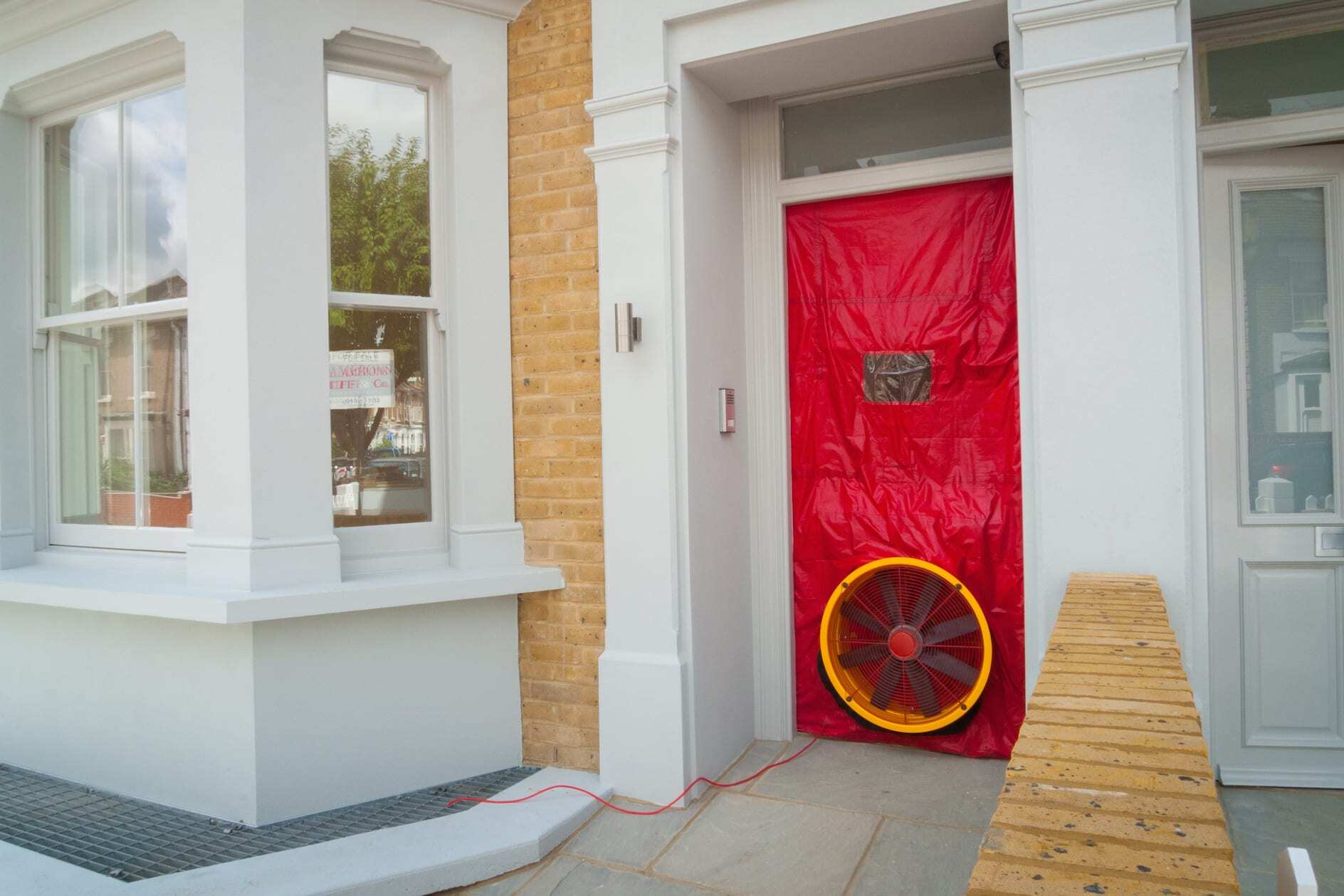

Ideas and Tips
Phantom Drafts Solving Unseen Air Leakage
Published: October 18, 2024
Discover how to identify and seal unseen air leaks in your home to improve energy efficiency, comfort, and reduce heating and cooling costs.
(Many of the links in this article redirect to a specific reviewed product. Your purchase of these products through affiliate links helps to generate commission for Storables.com, at no extra cost. Learn more)
Introduction
Air leaks in homes are a common issue that can lead to uncomfortable drafts, higher energy bills, and even structural damage over time. These leaks often go unnoticed until they become significant problems. In this article, we will delve into the world of phantom drafts and how they can help identify and solve unseen air leakage issues in your home.
Answering the Question
Air leaks occur when there are gaps or cracks in the walls, windows, doors, and other openings of your home. These gaps allow heated or cooled air to escape, making your home less energy-efficient. According to EnergyStar.gov, air leaks can potentially save you up to 15 percent on your heating and cooling bills each year by properly sealing and insulating your home.
Common Sources of Air Leaks
Air leaks can come from various sources, both visible and hidden. Some common areas include:
- Windows and Doors: These are often the most noticeable sources of air leaks. However, sealing them typically has the smallest impact on your energy use.
- Knee Walls: Side walls that support attic rafters can be a significant source of air leaks.
- Attic Hatch/Opening: Any opening in the attic can allow warm air to escape, especially during winter.
- Wiring Holes: Cable TV, electrical outlets, phone lines, and other wiring holes can also be sources of air leaks.
- Plumbing Vents: Vents from plumbing systems can create pathways for air to escape.
- Recessed Lights and Soffit: Recessed lights and the soffit around these lights can also contribute to air leaks.
- Furnace Flues or Ducts: Leaks in furnace flues or ducts can lead to significant energy loss.
- Basement Rim Joists: The meeting point of the foundation and wood framing in the basement can be another area where air leaks occur.
Identifying Air Leaks
To identify air leaks, you can perform a visual inspection both inside and outside your home. Look for gaps and cracks at common points of air leakage such as knee walls, dryer vents, outdoor faucets, attic hatches, sill plates, and other openings. Take notes of any cracks or gaps so you can return and air-seal them later.
DIY Smoke Test
A simple smoke test can help supplement your visual inspection. Here’s how to perform it:
- Choose a Cool and Windy Day: The best time for this test is on a cool and windy day when there are fewer distractions.
- Turn Off Appliances: Turn off all appliances that create air disturbances or have exhaust fans, including the furnace, water heater, clothes dryer, and bathroom fans.
- Shut All Windows and Exterior Doors: Ensure all windows and exterior doors are closed to prevent any external air from entering or leaving the house.
- Light Incense: Carefully light a stick of incense and hold it near any potential points of air leakage (e.g., knee walls, attic hatches).
- Observe Smoke Movement: If the smoke begins moving unsteadily back and forth or if it's sucked out of the room or blown into it, you have an air leak.
Professional Inspection
If you're not comfortable with DIY methods or if you suspect more extensive air leaks, consider hiring a professional to help identify them. A home energy audit typically includes a blower door test where a powerful fan is mounted to the frame of an exterior door. This fan pulls air out of the house, lowering the pressure inside, allowing higher outside air pressure to flow in through cracks and other openings. Professionals use something called a smoke pencil to help spot leaks during this process.
Read more: The Unseen Danger Detecting Hidden Mold
Gathering Materials
Once you've identified your home's air leaks, gather the necessary materials for sealing them:
Doors and Windows
- Weatherstripping: Roll self-adhesive weatherstripping (felt, vinyl, rubber, or silicone) down the side of windows or install a door sweep to seal gaps between doors and thresholds.
- Plastic Over Windows: Apply plastic over windows for added insulation.
- Foam Gaskets: Fit inexpensive foam gaskets behind electrical outlets on perimeter walls.
Other Areas
- Caulk: Use caulk to seal gaps around windows, doors, and other openings.
- Spray Foam: Apply spray foam to fill larger gaps in walls and ceilings.
- Sealant Tape: Use sealant tape for quick fixes around pipes and wiring holes.
Sealing Techniques
Here are some detailed techniques for sealing common areas:
Knee Walls
- Caulk: Apply caulk around any gaps or cracks in knee walls.
- Spray Foam: Use spray foam to fill larger gaps.
Attic Hatch/Opening
- Seal with Insulation: Cover the attic hatch with insulation material like fiberglass or cellulose.
- Seal with Caulk: Apply caulk around the edges of the hatch.
Wiring Holes
- Foam Gaskets: Fit foam gaskets behind electrical outlets.
- Sealant Tape: Use sealant tape around wiring holes.
Plumbing Vents
- Seal with Insulation: Cover plumbing vents with insulation material.
- Seal with Caulk: Apply caulk around the edges of vents.
Recessed Lights and Soffit
- Seal with Insulation: Cover recessed lights and soffit with insulation material.
- Seal with Caulk: Apply caulk around the edges of lights and soffit.
Furnace Flues or Ducts
- Seal with Insulation: Cover furnace flues or ducts with insulation material.
- Seal with Caulk: Apply caulk around the edges of flues or ducts.
Basement Rim Joists
- Seal with Caulk: Apply caulk around any gaps or cracks in basement rim joists.
- Seal with Spray Foam: Use spray foam to fill larger gaps.
Benefits of Sealing Air Leaks
Sealing air leaks offers numerous benefits, including:
- Energy Efficiency: By reducing air leaks, you can save up to 15 percent on your heating and cooling bills each year.
- Comfort: A well-sealed home is more comfortable as it maintains consistent temperatures.
- Structural Integrity: Preventing moisture from entering through gaps can help maintain the structural integrity of your home.
- Health: Reducing drafts can also improve indoor air quality by preventing pollutants from entering your home.
Conclusion
Phantom drafts are not just a nuisance; they can be a valuable tool in identifying and solving unseen air leakage issues in your home. By performing a visual inspection, using DIY smoke tests, and hiring professionals for more extensive audits, you can ensure that your home is well-sealed and energy-efficient. Remember to gather the necessary materials and use appropriate sealing techniques to address each common source of air leaks. With these steps, you'll be able to enjoy a cozy and cost-effective living space.
By following these steps and understanding the importance of sealing air leaks, you'll be well on your way to creating a more comfortable and energy-efficient home. Whether you choose to tackle the task yourself or hire a professional, the benefits of reducing phantom drafts are undeniable. So take the first step today and start solving those unseen air leaks in your home.
Was this page helpful?
At Storables.com, we guarantee accurate and reliable information. Our content, validated by Expert Board Contributors, is crafted following stringent Editorial Policies. We're committed to providing you with well-researched, expert-backed insights for all your informational needs.


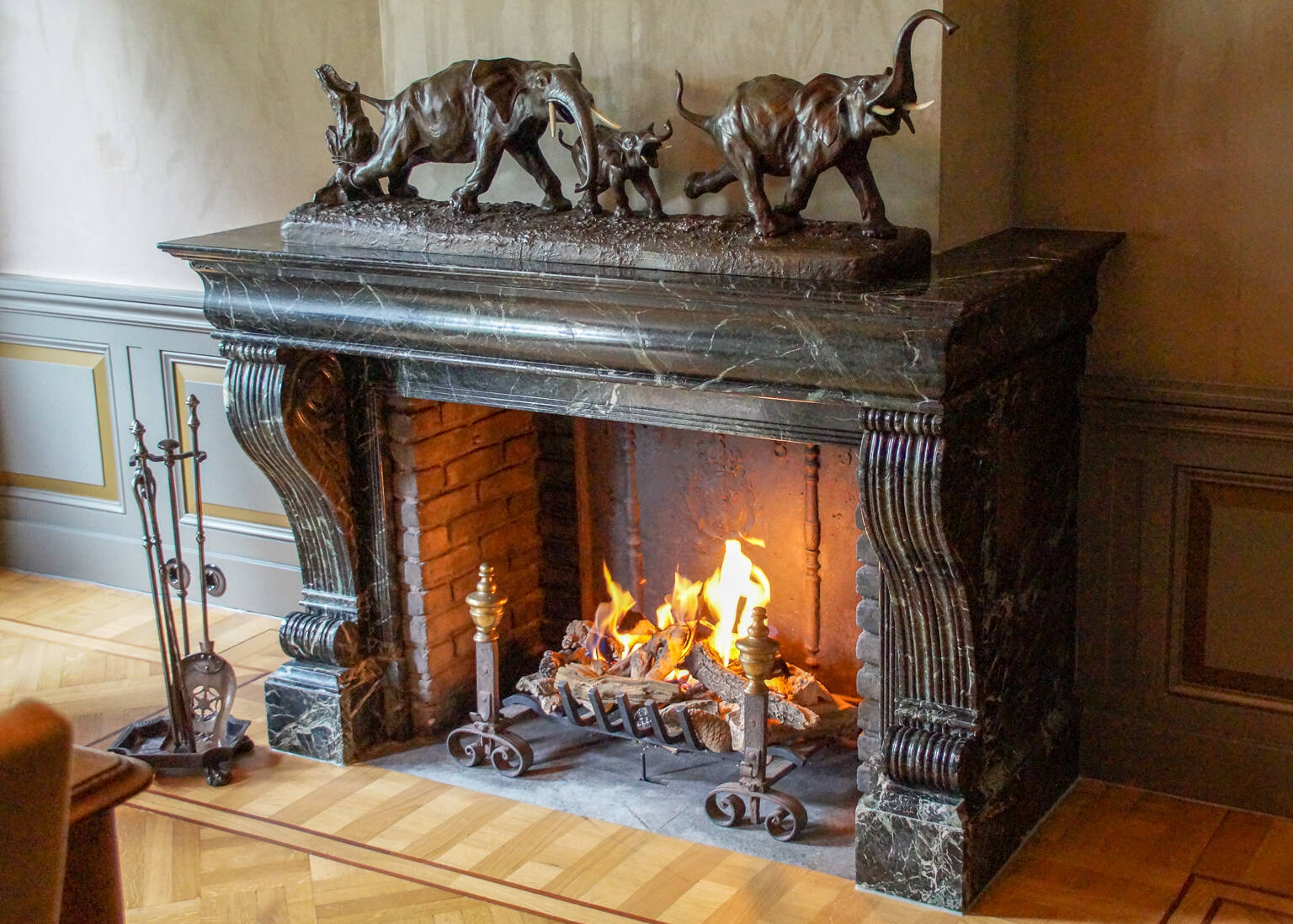
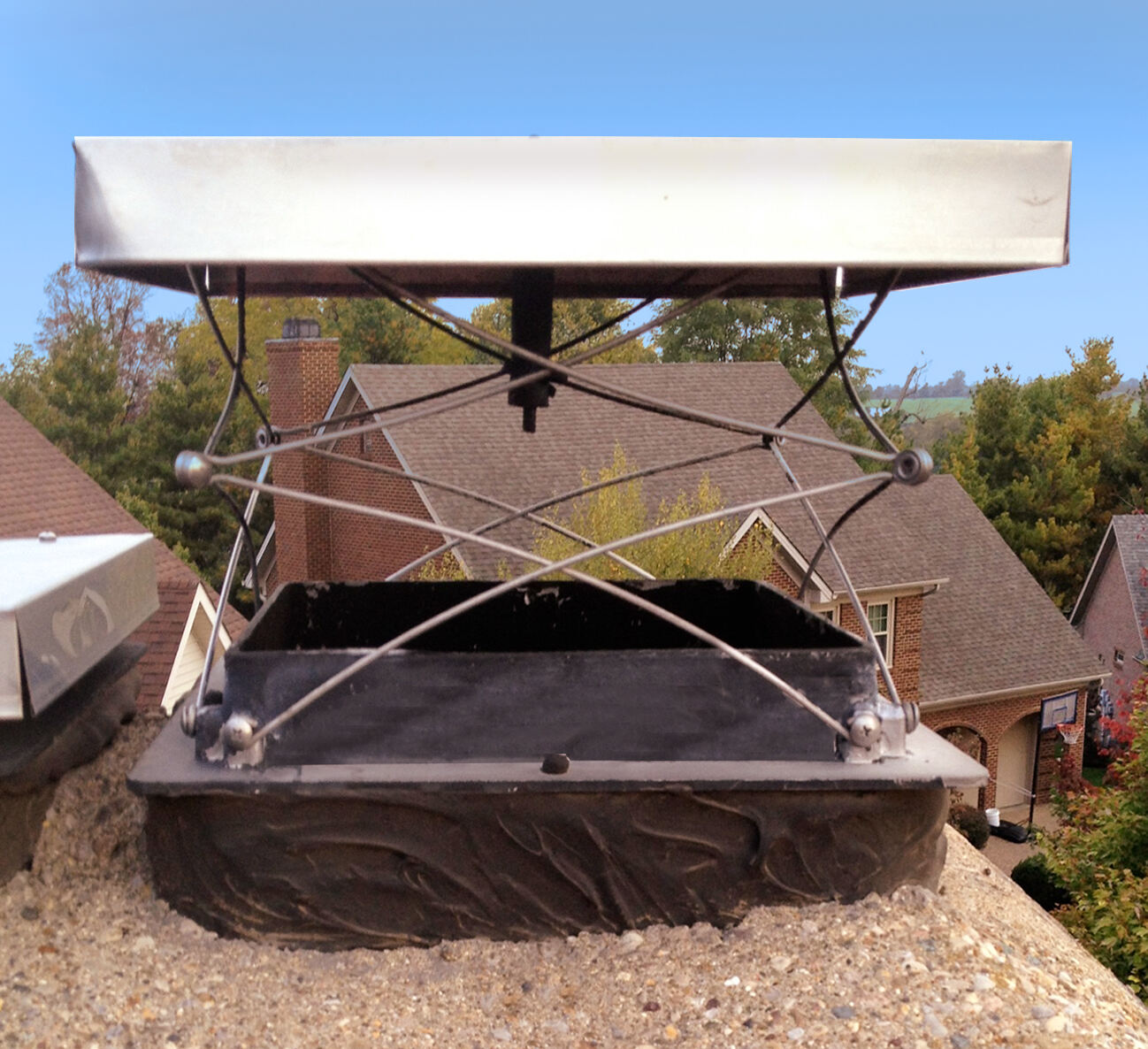
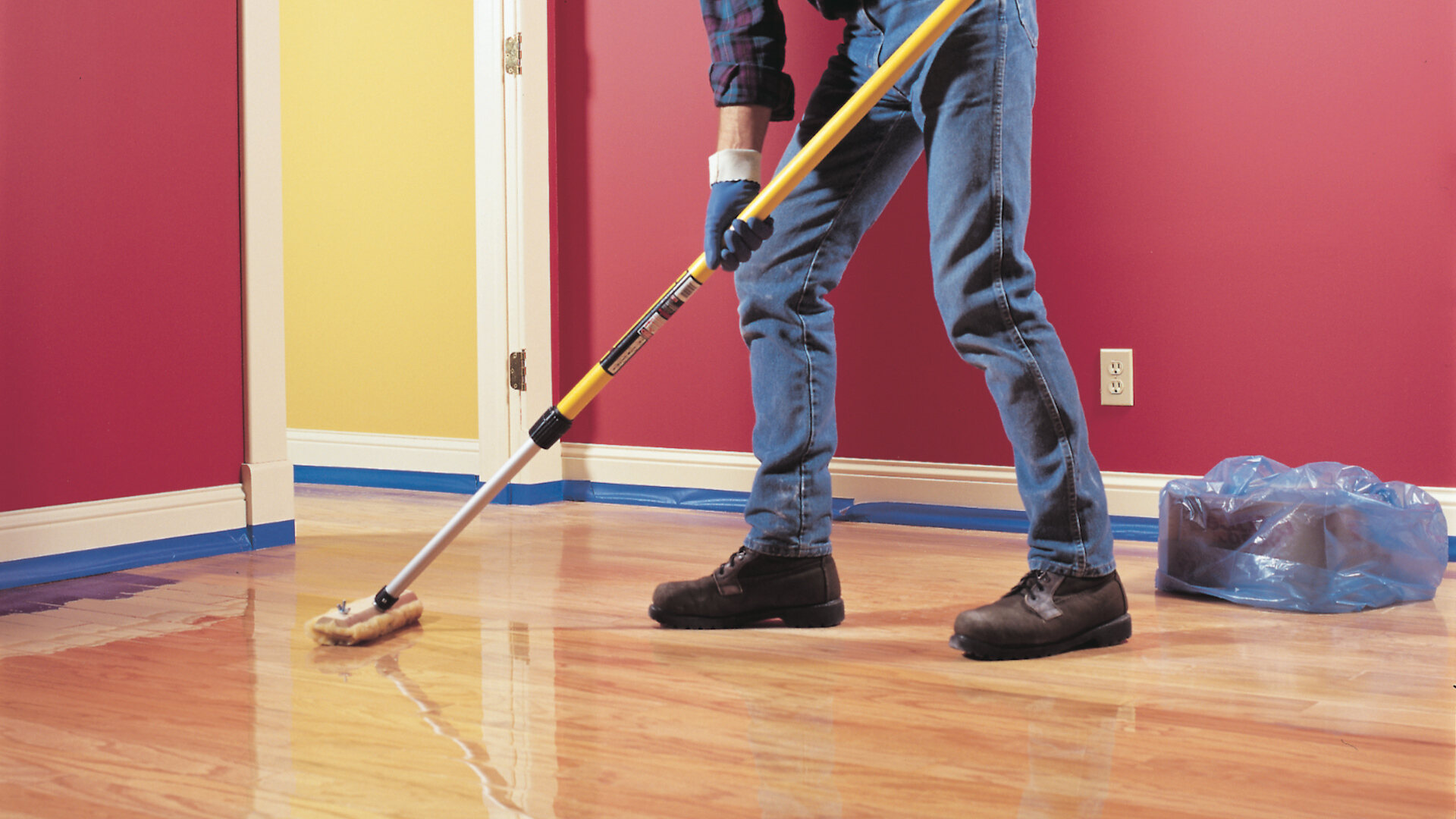
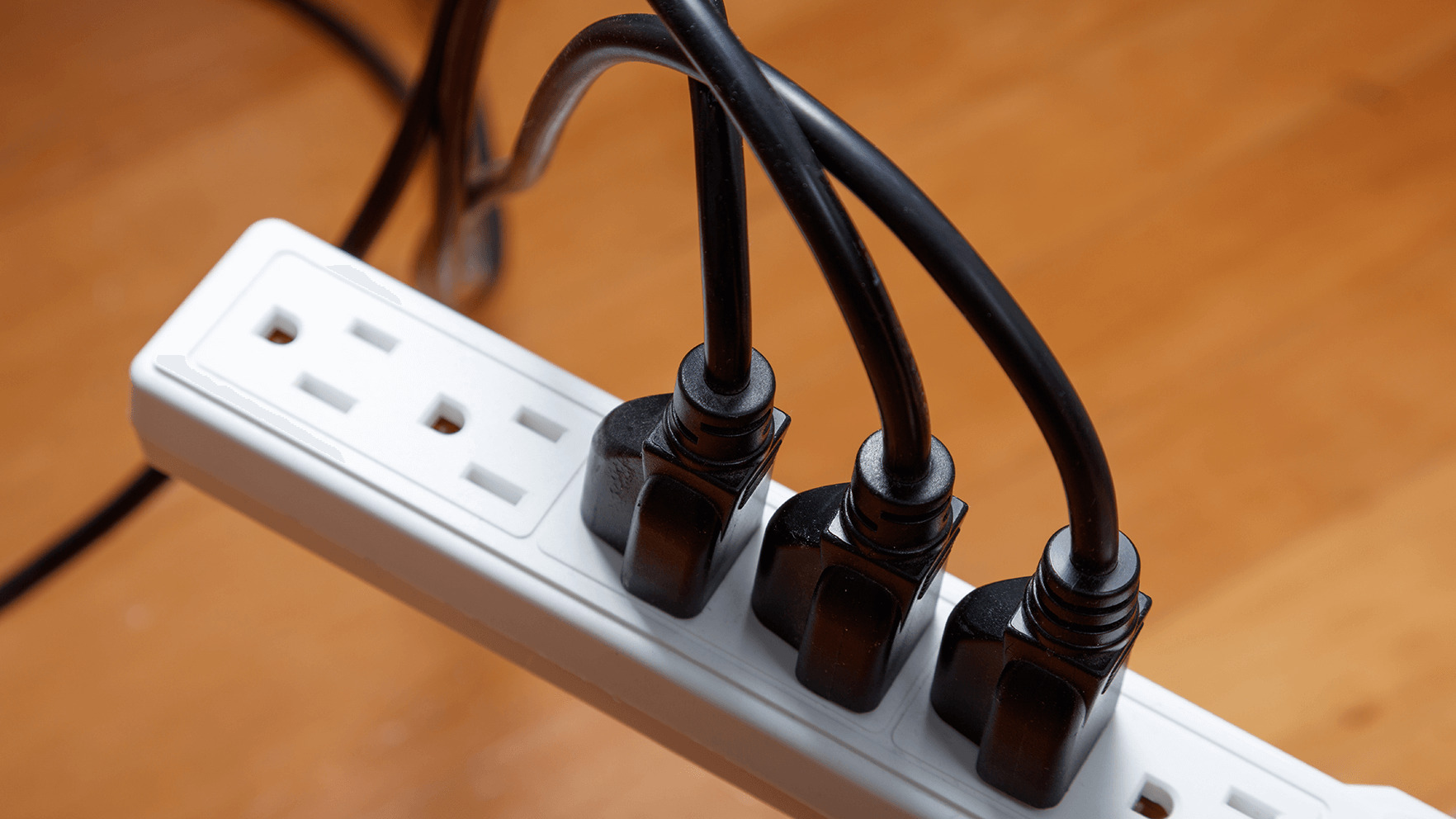

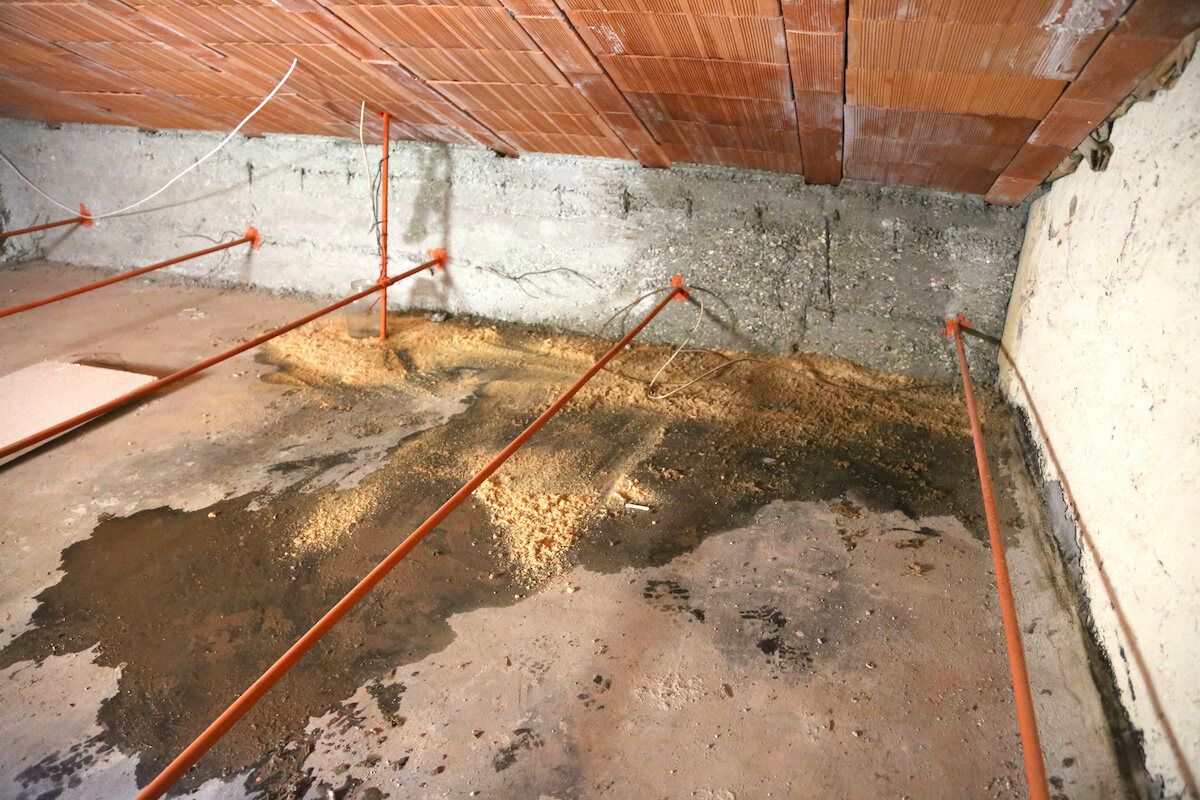

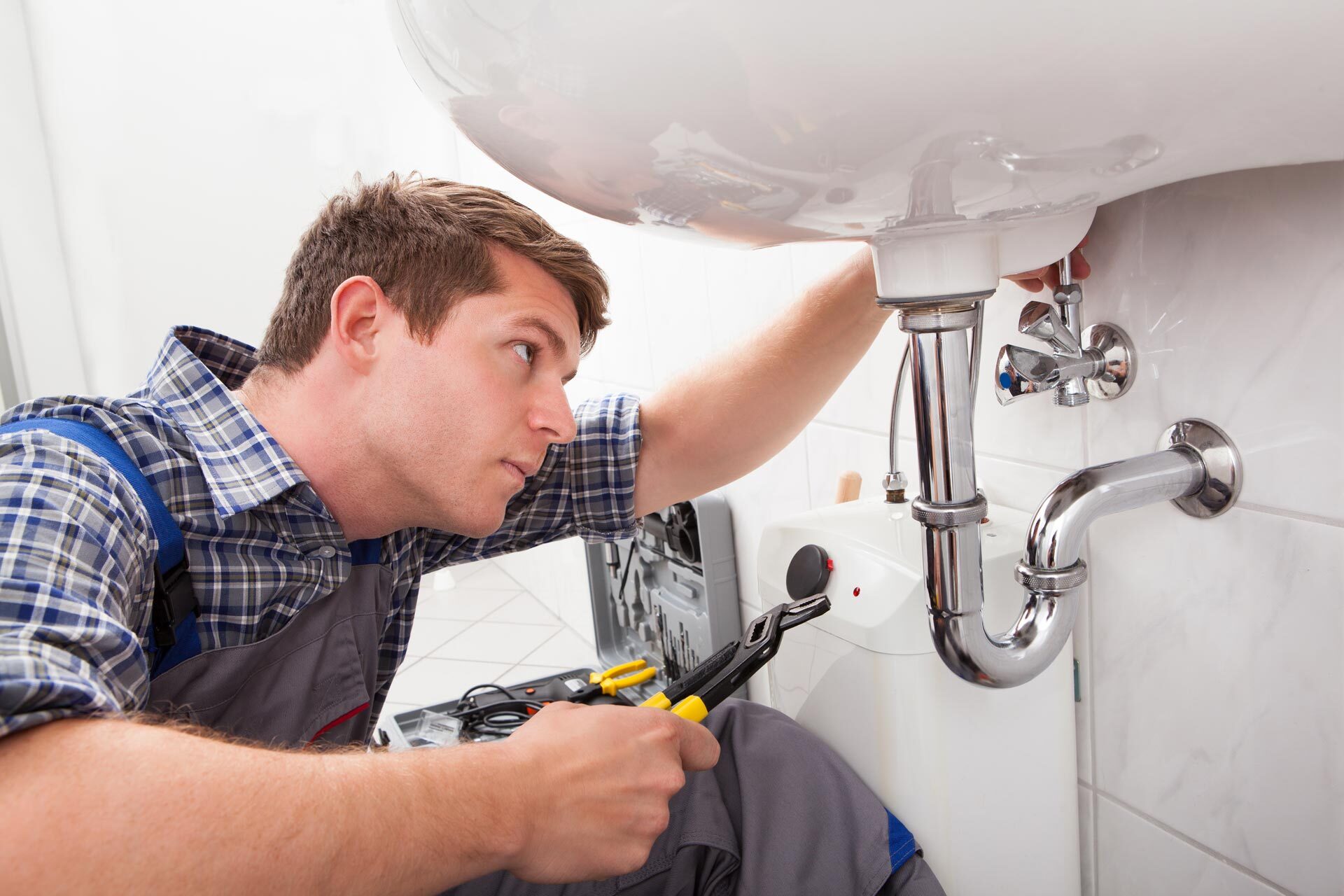

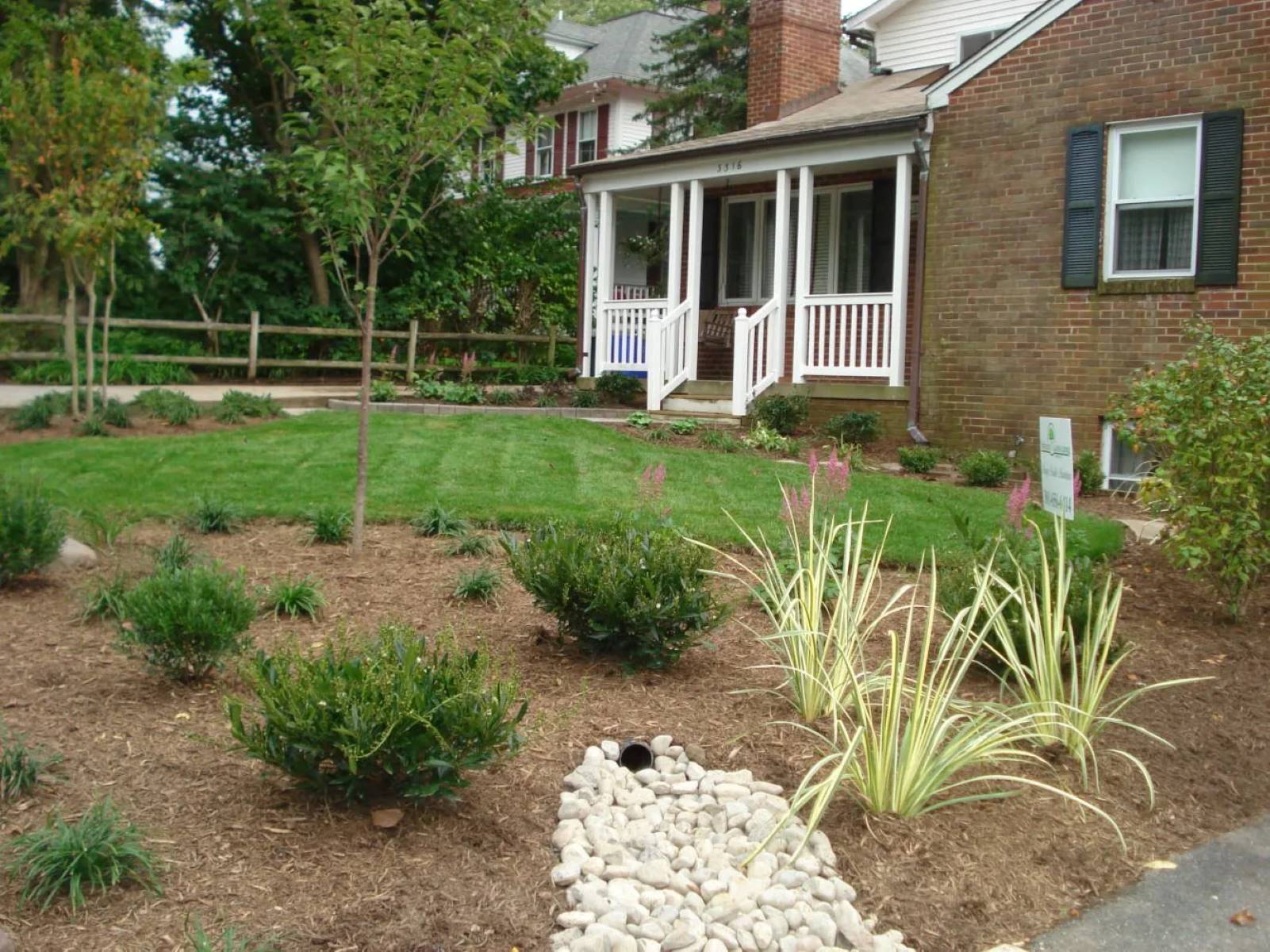
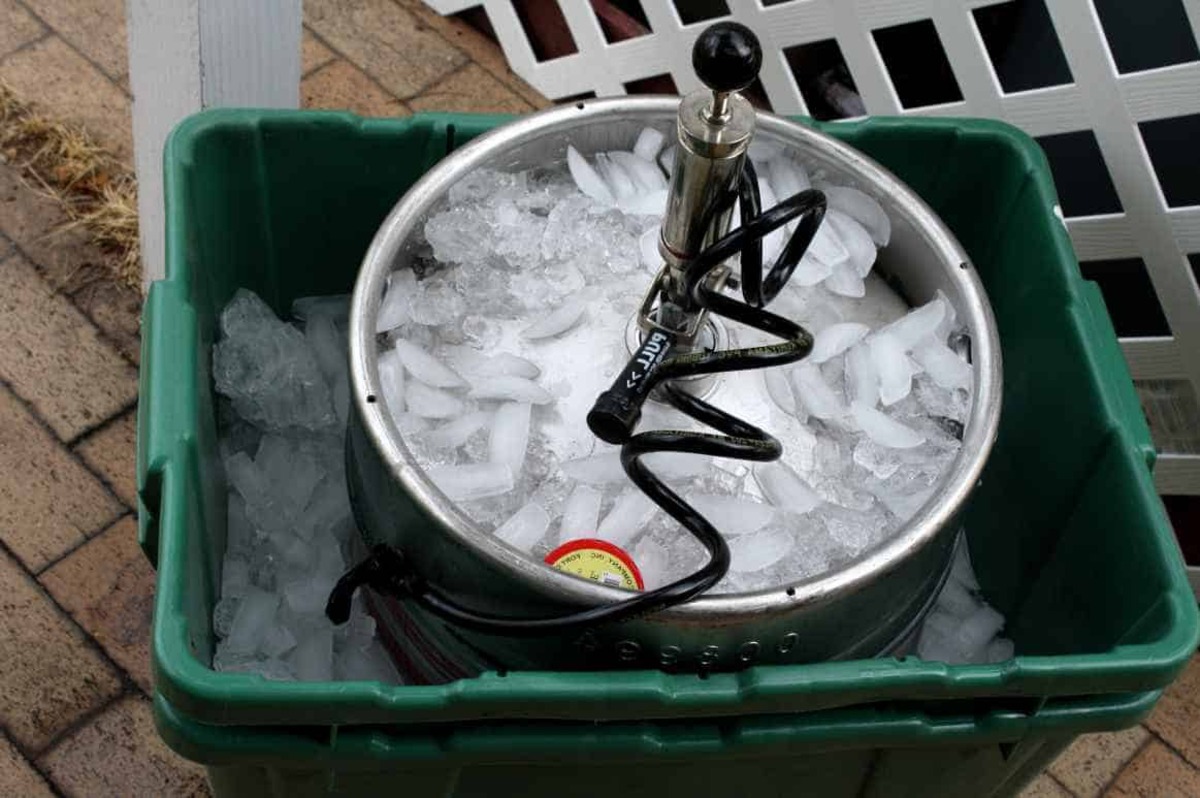


0 thoughts on “Phantom Drafts Solving Unseen Air Leakage”